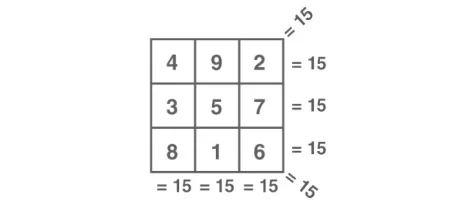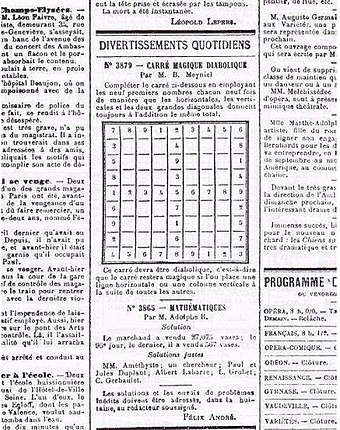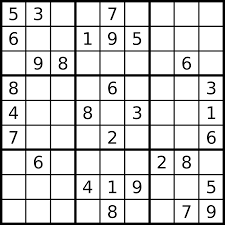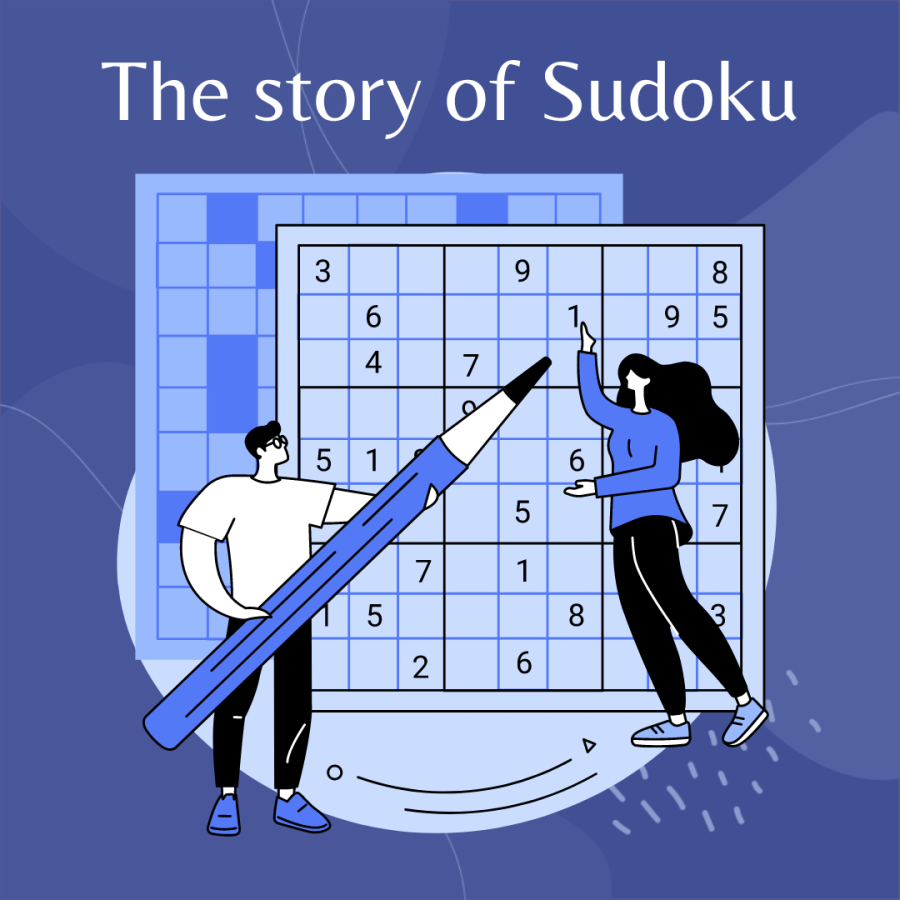The story of Sudoku
An in-depth dive on the puzzling origins of the famous number-placement puzzle.
May 17, 2023
Sudoku is a simple, logic-based puzzle game that requires players to fill out a 9×9 square grid (with 3×3 sub-squares) based on numbers already present. The same one through nine digits cannot be in the same row, column, or sub-square more than once; from that rule, players must figure out the rest of the numbers on the grid.
Despite its easy rules, the history of Sudoku is not as simple or easy-to-follow. Some sources, such as Puzzlingcut, say that its history began as early as 2,000 B.C. with the invention of “magic squares.” Magic squares are either 3×3 or 4×4 square grids with rows, columns, and diagonals that result in the same sum.
Although quite different from the Sudoku we know today, the magic squares provided a foundational step to modern Sudoku with its grid shape and use of numbers. The next step was taken by Swiss mathematician Leonhard Euler who added several twists to magic squares in his 1783 invention of “Latin squares.”
Euler’s “Latin squares” is more often attributed as the true starting point of Sudoku, being that its process more closely resembles the premise of Sudoku. As SudokuPrimer says, “These squares were on a 4×4 grid where each cell had one of four Latin letters and one of four Greek letters. The solution was to arrange the letters so that each row and each column contained all four Latin and all four Greek letters with no duplicates.”
About a century later, French newspapers led the next development of Sudoku from around 1890 to 1920. They altered Latin squares to further resemble modern-day Sudoku, using numbers from 1 to 9 and requiring solvers to find the missing numbers, just as one would in Sudoku.

Then finally comes the Sudoku we know. Sometime in 1979, New York Magazine Dell Pencil Puzzles and Word Games published the first modern Sudoku, which was called ‘Number Place’ at the time. Thought to be made by American architect Howard Garns, this version of Sudoku is the same version that we know today, only with a different name.

Its rebrand and worldwide boost in popularity came when Number Place made its way to Japan.
According to TheGuardian, “Publisher Nikoli made two small improvements to the concept [and published it]. From its publication in 1984, it became a sensation in a country where the alphabet is ill-suited to crosswords.”
President of Nikoli, Maki Kaji, is largely credited with spreading the popularity of Sudoku in Japan, which eventually allowed for its popularity to spread elsewhere. Kaji is also responsible for the rebranding of ‘Number Place’ to ‘Sudoku.’

According to Sporcle blog, the name of the game was based on the expression “数字は独身に限る” (suuji wa dokushin ni kagiru), meaning “the digits are limited to one occurrence.” It was shortened to “Sudoku,” taking from the character meaning number “数” (suu) and the character meaning single “独” (doku).
The addictiveness of Sudoku is not the only reason for its incredible popularity, nor is its interesting history or unique name. Studies have shown that playing Sudoku on a regular basis wields various benefits, such as reducing stress, improving concentration, and developing problem-solving skills.
According to LifeHack.org, “just like physical exercise, your mind needs some exercise too. Playing Sudoku actually exercises your brain extensively. [Sudoku] reduces the chances of developing Alzheimer’s by keeping your brain active.”
People of all ages can enjoy playing Sudoku.
“I play it [Sudoku] because it’s a fun game that makes you think a little bit, and I think it sharpens my mind,” said senior Abbie Riegle.
Although Sudoku has a long and complicated history, its rules are simple and solving the puzzles is addictive. If you start a single puzzle, you’ll find yourself starting a next one and another one after that. As an added benefit, grid after grid, number after number, you’ll manage to make your mind a little sharper.

